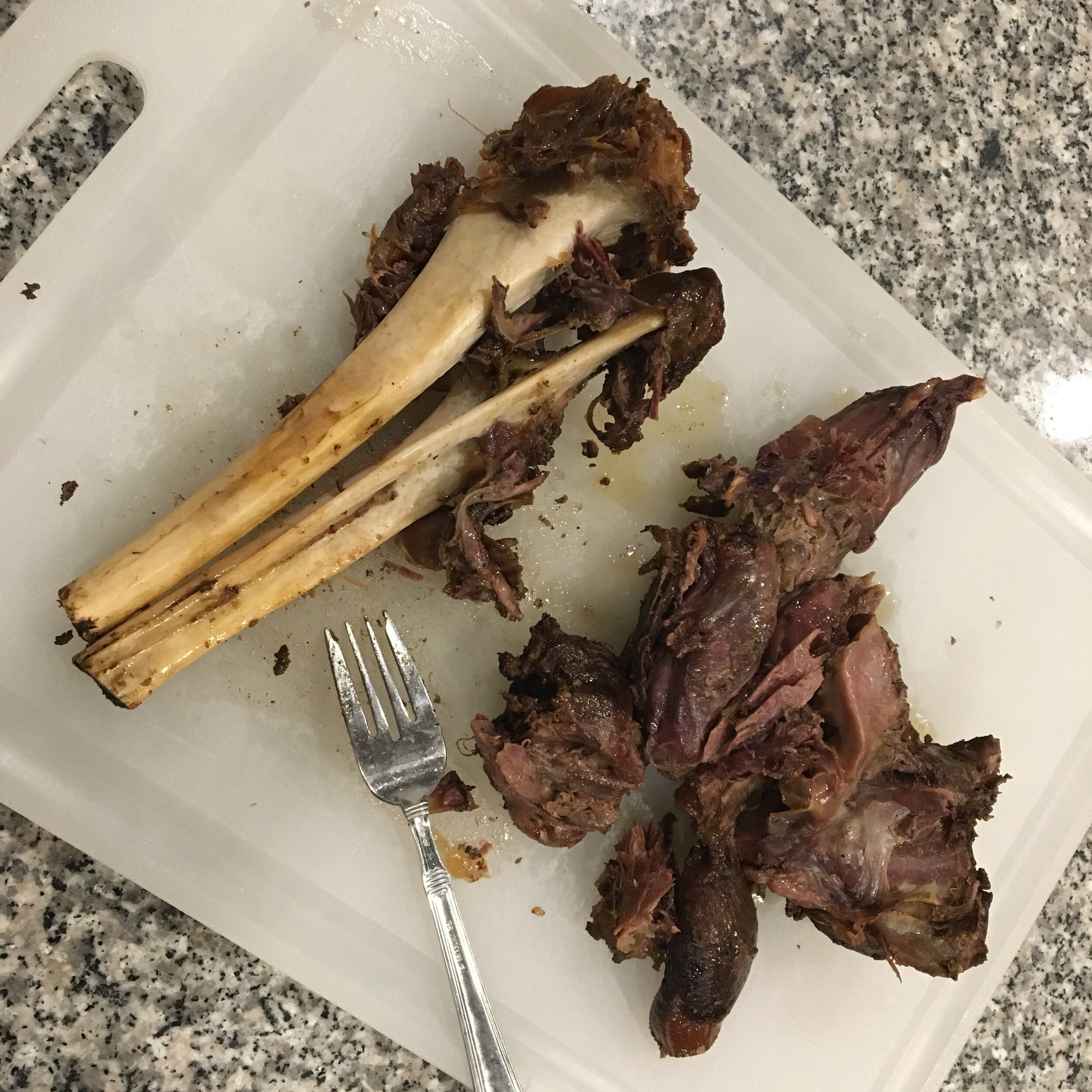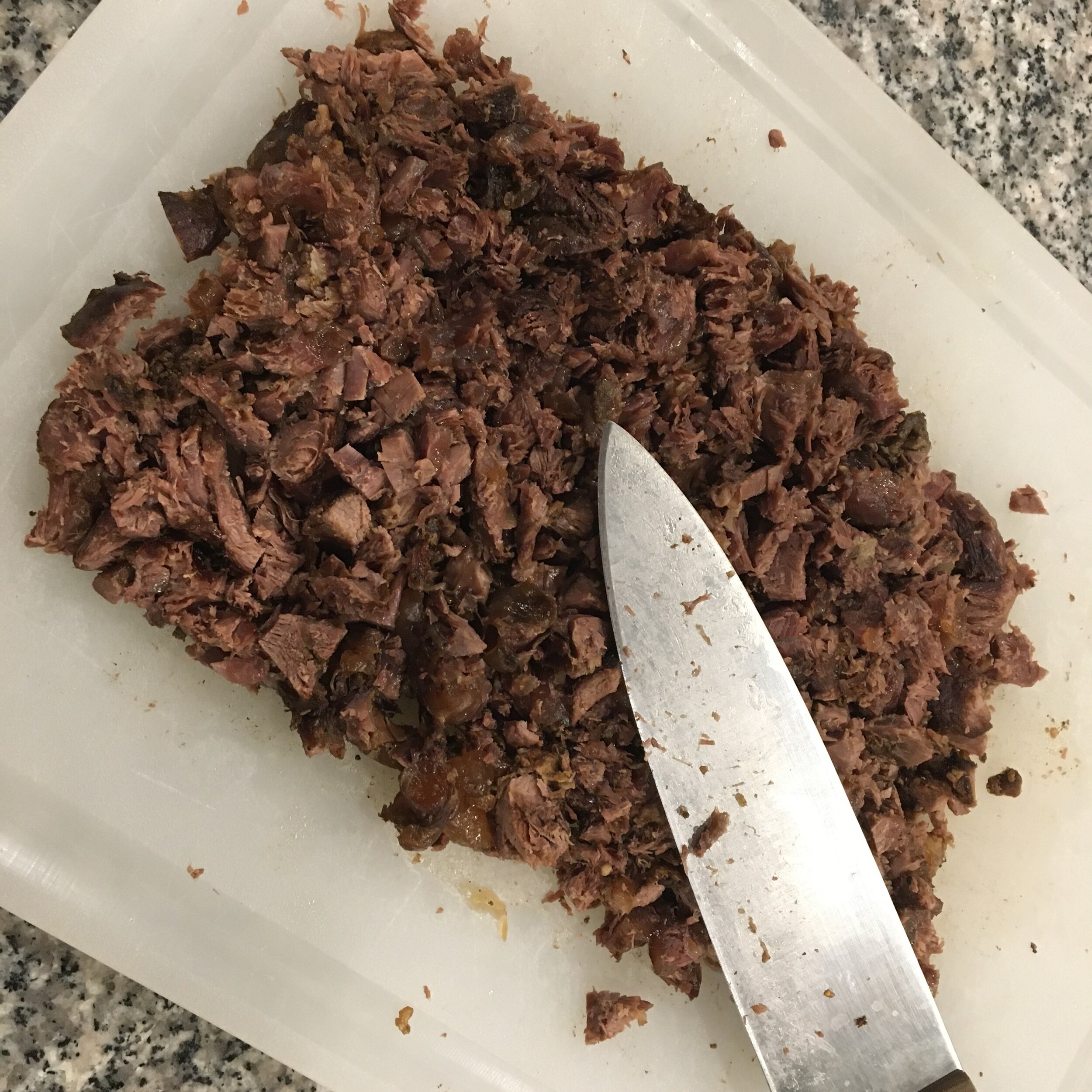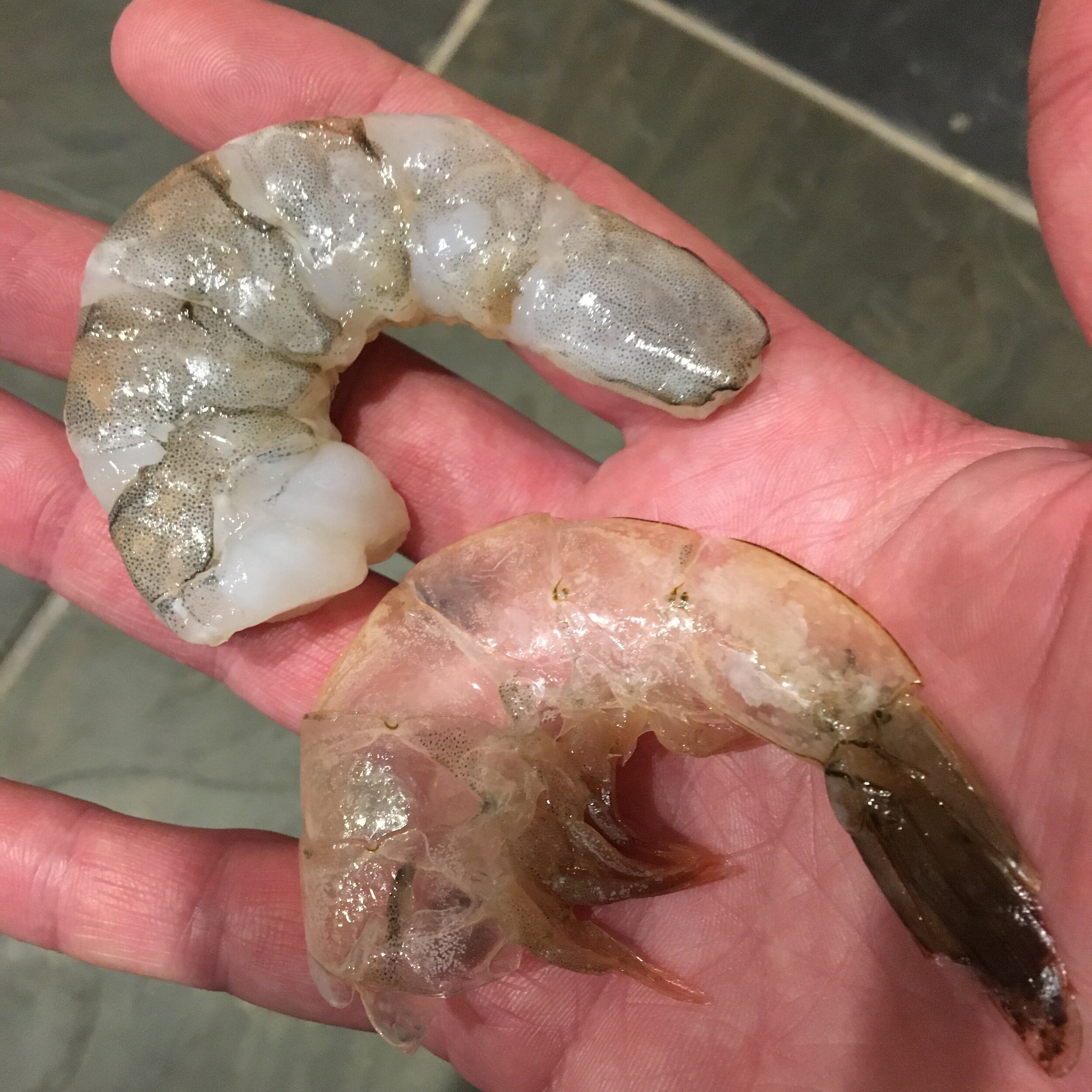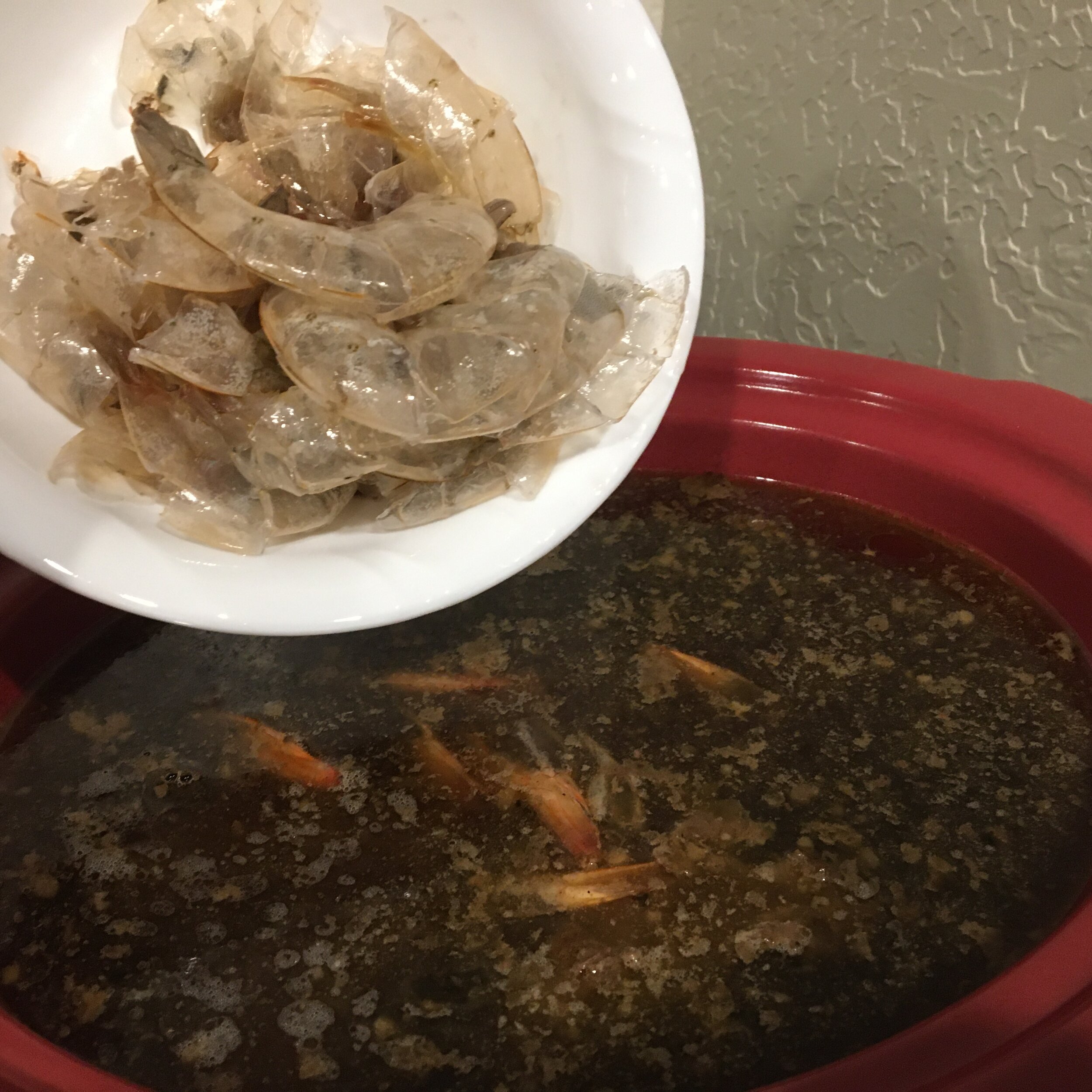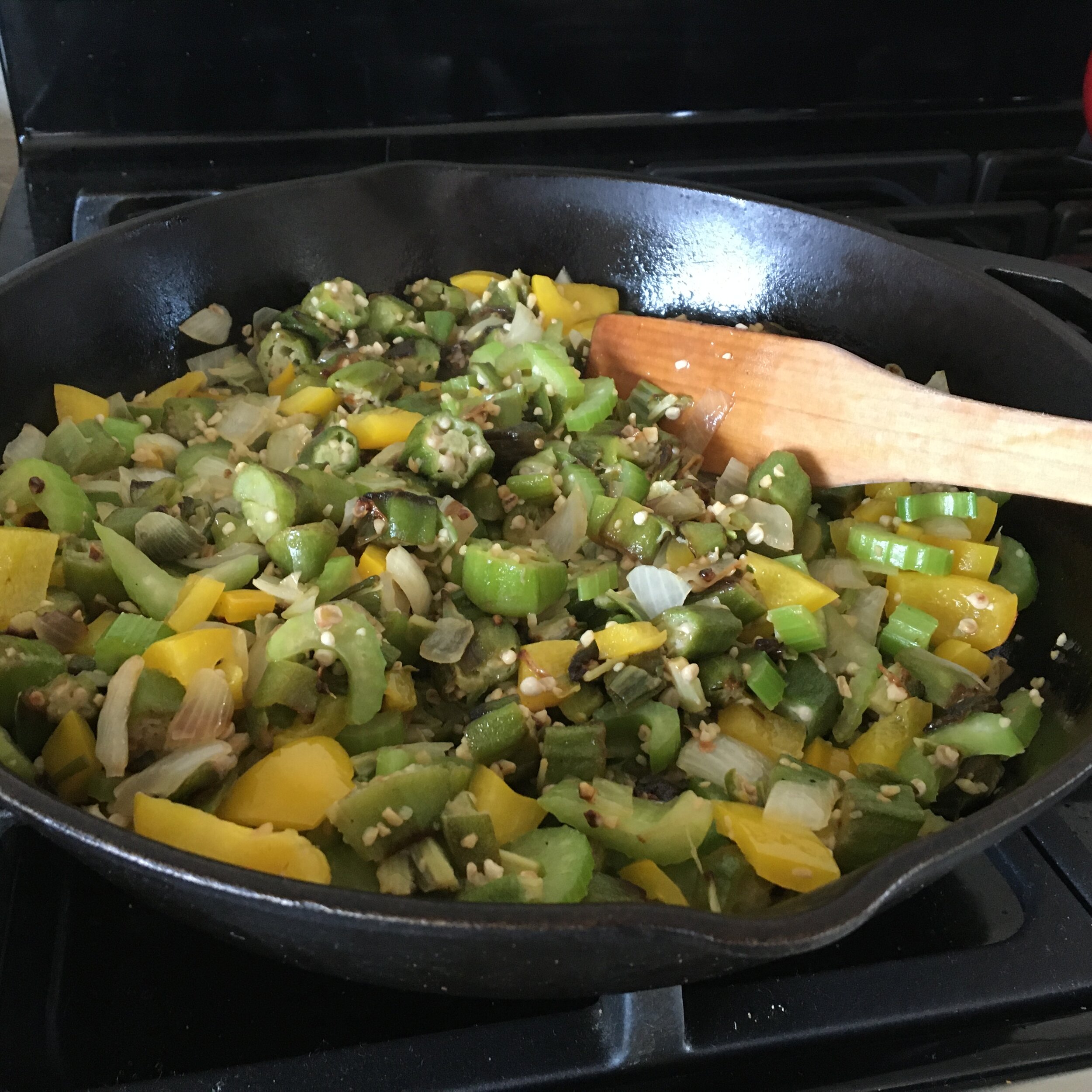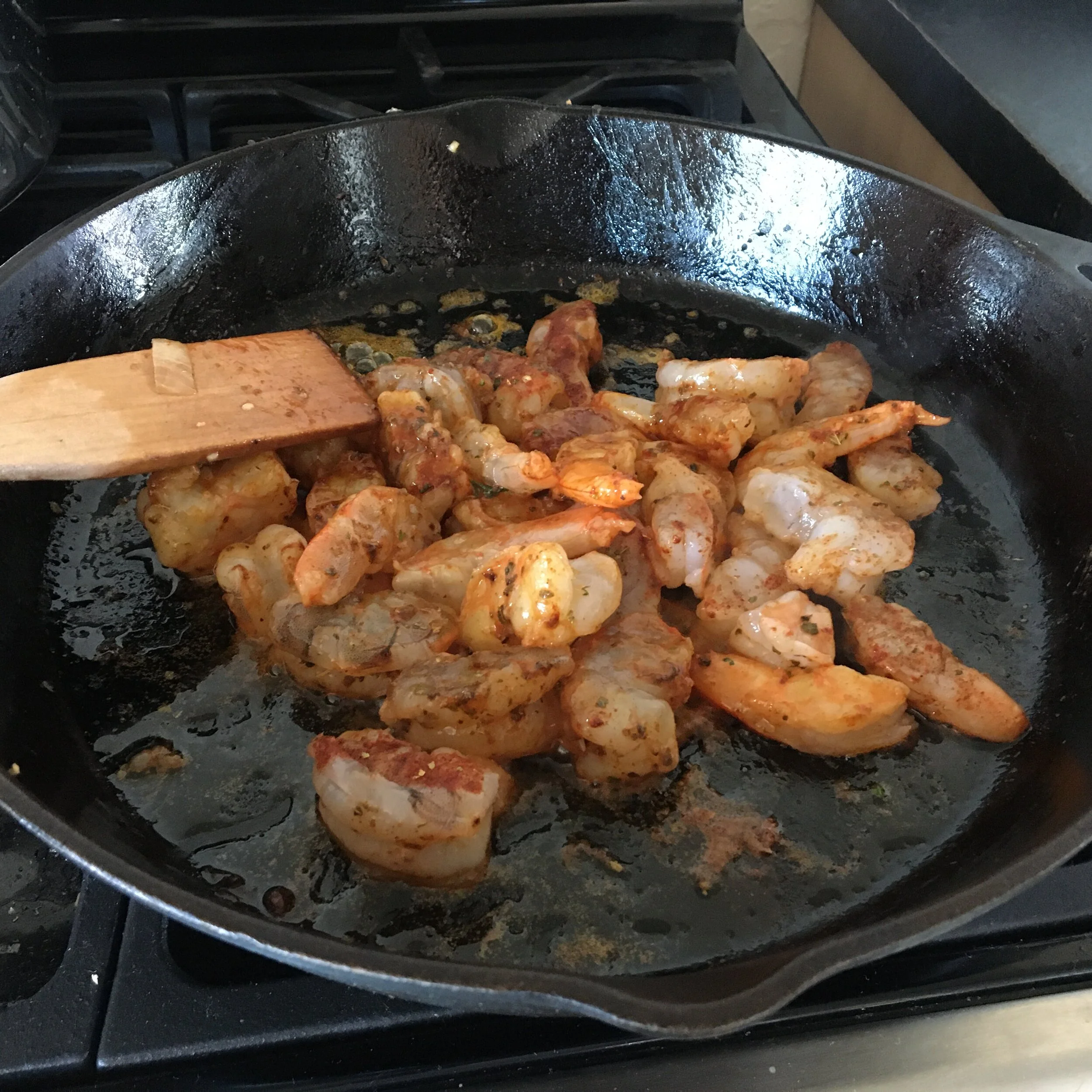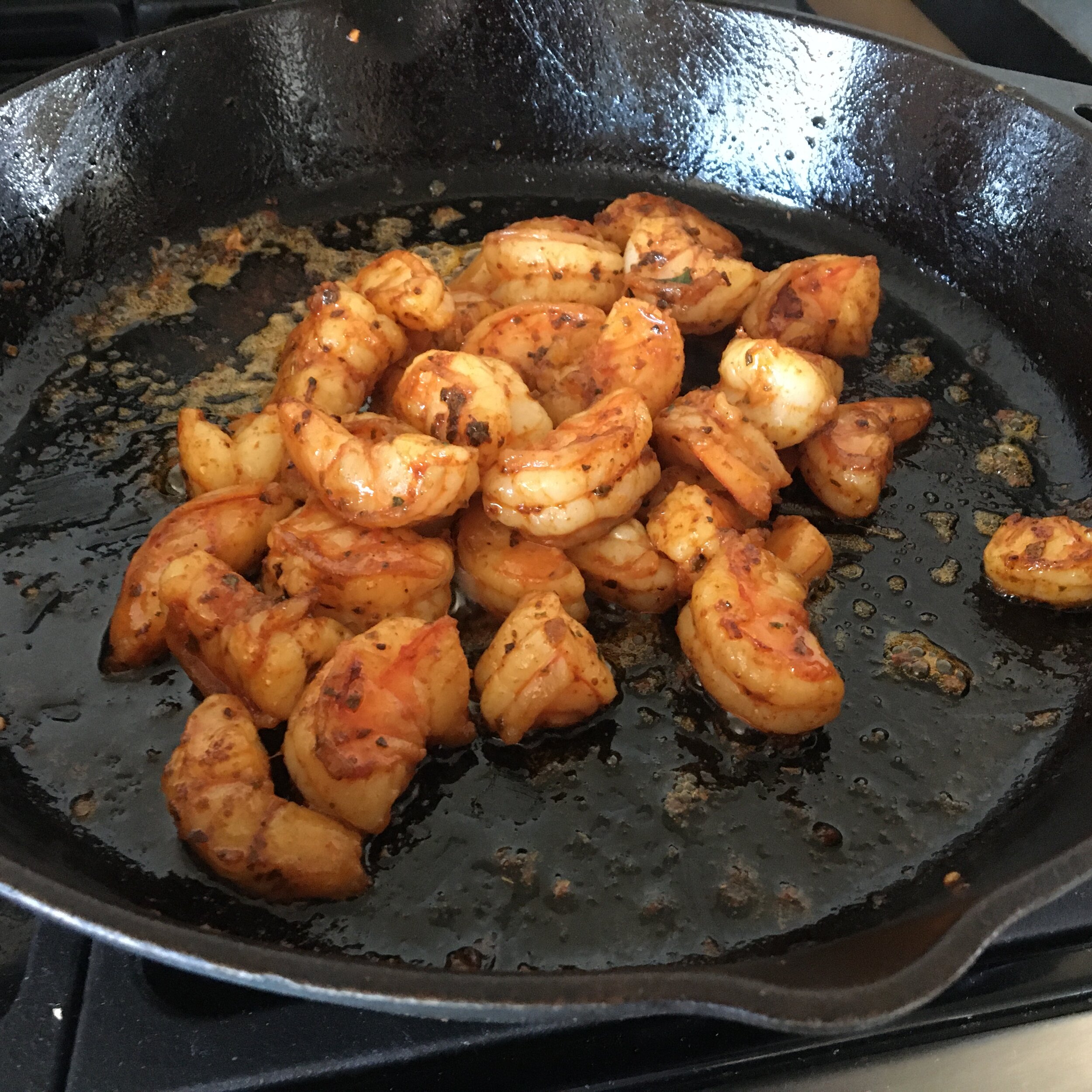Episode 046: Three-Day Creole Gumbo
There’s not much that beats a pot of slow-cooked spicy gumbo, and that’s exactly what we’re making today! Actually, this recipe takes a full three to four days if you want to do it right. Have no fear though, I’ll walk you through the whole process step-by-step so that you actually understand what’s going on, and you won’t even need a recipe. In the episode, you’ll also learn about the similarities and differences between Creole and Cajun people as well as Creole and Cajun gumbo. We also talk about all sorts of alternative ingredients. If you listen to the whole episode, I’ll give you a lot more tips and tricks and fun facts as you progress through each step of making your own delicious gumbo. As promised, though, here’s a rundown on the basic method. Yes, I call it a method, not a recipe, because I just don’t cook with enough precision to claim that I have a recipe.
Step 1- Slow-cook some meat. For this batch, I used two pronghorn antelope shanks, heavily seared in a cast-iron skillet, then slow-roasted on the “low” setting in a crockpot for around 8-hours. The key here is not a precise amount of time; the key is to cook them long enough that the collagen breaks down and the meat is literally falling off the bone. I mean FALLING OFF THE BONE, as in if you pick up the bone, the meat starts falling off. You could use any meat for the “meat” part of your gumbo, but some cuts that tend to do better in this slow cooking process are blade-in shoulders, shanks, neck roast, and oxtail. You can use literally any meat though- chicken, bear, gator, raccoon, go for it! Don’t forget to season the meat to taste while it’s in the slow cooker.
Step 2- Pull all the meat off the bones, chop it up, and refrigerate it for later. All of the bones, tendons, and any other bits that you don’t consider “meat” go back into the pot. Add enough water to just cover everything, and get a slow simmer going.
Step 3- Seafood. If you’re allergic to seafood, obviously just skip this step. For this batch, I used whole shrimp. I peeled them, put all the peels and legs and tails in one bowl, chopped the shrimp meat into bite-sized pieces, refrigerated the meat for later, and dumped the bowl of peels and legs back into the simmering stock pot.
Step 4- Broth. All those bones and other wobbly bits are going to simmer for 48-72 hours. This is the part of the process that really makes this take a long time. If you want to speed the process up, you could use some pre-made broth. After 48-72 hours, strain the broth, discard the remaining solids, and put the liquid broth back into the stock pot. This is the “base” for our gumbo. Creole gumbo does not use a traditional roux as a thickener like Cajun gumbo.
Step 5- Meat goes back into the stock pot. Make sure it’s simmering again, and keep it simmering throughout the remainder of the process.
Step 6- Okra. Put a hard sear on some okra in a hot cast iron skillet. Let it start to blacken, then dump it all in the stock pot.
Step 7- Other vegetables. At a minimum, any self-respecting gumbo is going to include chopped onion, celery, and bell pepper. Brown these just a little bit in the skillet as well, and dump them in the stock pot.
Step 8- Seafood. You’ll find that many gumbo recipes call for at least two meats. One of these will be some sort of terrestrial animal, the other will be some sort of seafood. Generally gator would qualify as terrestrial here. Anyway, I like to cook my shrimp in a skillet with some butter and a lot of paprika. The paprika is a mild spice, so you can get away with using a whole lot of it. The real benefit is that it gives the shrimp a nice reddish orange color, which just looks way better in the stock pot than grey shrimp. Once you’re happy with the color, toss them in the stock pot too.
Step 9- Other herbs and such. Some garlic is always a good addition. I also like to chop up some parsley and cilantro and add it maybe an hour or two before the batch is “done.” Since we’re making a Creole gumbo, we also need to have some tomatoes. Normally, Cajun gumbo will have very few, if any, tomatoes. Whatever type you like is just fine. I like mine diced and fire-roasted, but even a can of tomato sauce would be allowed here if that’s what you want to do.
Step 10- Final thickening. That thick, sticky texture is one thing we all know and love about gumbo. We already discussed how Creole gumbo won’t use a traditional roux as a thickener, so that leaves us with three of the four traditional gumbo thickeners to work with. The first is the collagen in the bone broth that we made earlier. Technically, the simmering process turned the collagen into gelatin, so if you have a really good broth, it’s going to be loaded with gelatin, which is obviously a pretty effective thickener. The second thickener was the okra itself. Okra contains a substance called “mucilage,” which further thickens the gumbo as it dissolves into the batch. The final thickener we’re going to use is called gumbo file (accent on the “e,” but I don’t know how to make that on my keyboard). This is simply the dried, powdered leaf of the sassafras tree. It has a unique, but mild, flavor, and is also a very effective thickener. Add about a teaspoon at a time, mixing it into the batch until you’re happy with the texture/thickness.
Step 11- Serve it up. Traditionally, gumbo is served over rice or grits. If that’s not your style, serve it with cornbread, or eat it as a stand-alone stew.
If anything in the above method is confusing, please email me at contact@masterofnonepodcast.com for clarification.

